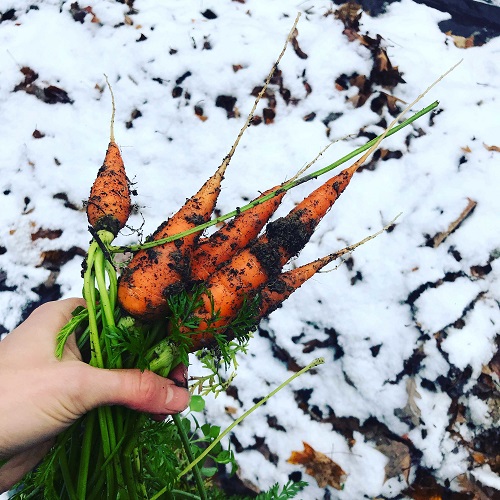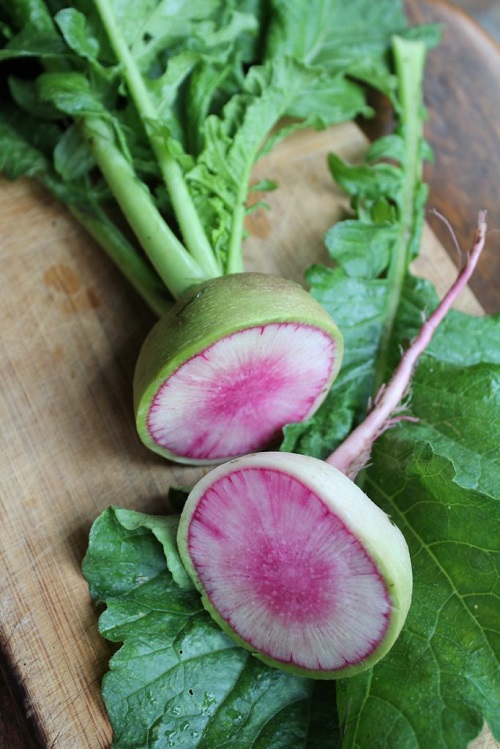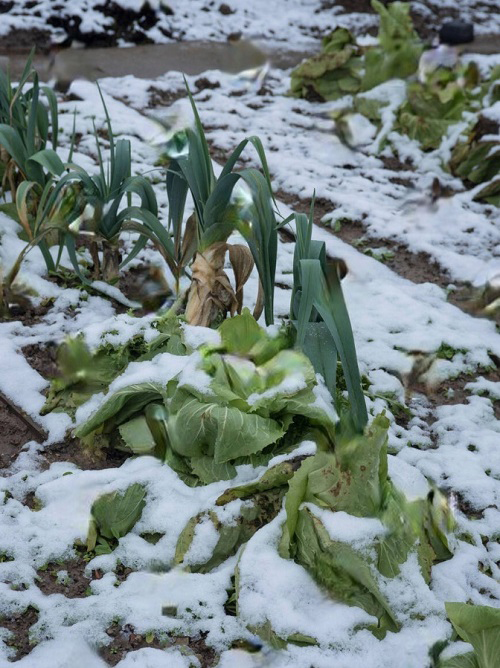Here’s a list of the most delicious Cold Hardy Vegetables you can grow in your garden and enjoy in stews during the winter month!
Growing these Cold Hardy Vegetables in your garden will ensure you enjoy a fresh harvest in the midst of the chill, right from your backyard!
Cold Hardy Vegetables
1. Kale
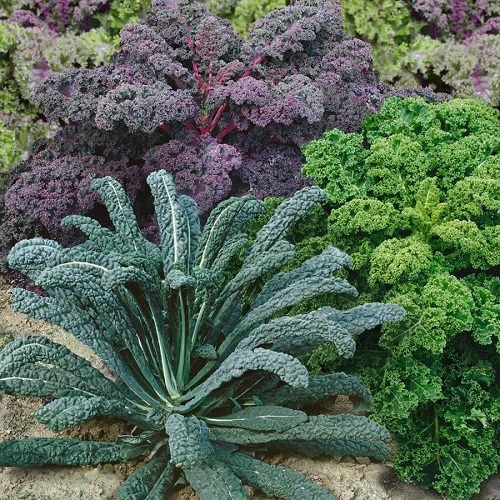
Best Time to Grow: Plant kale in late summer to early fall for a winter harvest.
Minimum Temperature Tolerance: -15°C (5°F).
Kale is known for its improved flavor after a frost, making it an excellent choice for cold-weather gardening. Varieties like ‘Winterbor’ and ‘Siberian’ are well-suited for winter gardening.
2. Spinach
Best Time to Grow: Plant it in the fall. It can survive winter in mild climates.
Minimum Temperature Tolerance: -9°C (15°F).
Spinach can survive freezing temperatures and even grows well under snow. Varieties like ‘Winter Bloomsdale’ and ‘Giant Winter’ are ideal for cold climates.
3. Carrots
Best Time to Grow: Plant in late summer or early fall for a winter harvest.
Minimum Temperature Tolerance: -12°C (10°F).
Carrots can withstand frost and cold; their sugars concentrate in colder temperatures, enhancing their flavor. Varieties like ‘Spartan Bonus’ and ‘Napoli’ are cold-resistant.
Are Carrots Natural? Find Out!
4. Radishes
Best Time to Grow: Plant in late October or early November.
Minimum Temperature Tolerance: -4°C (25°F).
Quick to mature, radishes can be grown in cooler temperatures, providing a fast harvest. Varieties like ‘Daikon’ and ‘Chinese Red Meat’ are cold-tolerant.
5. Turnips
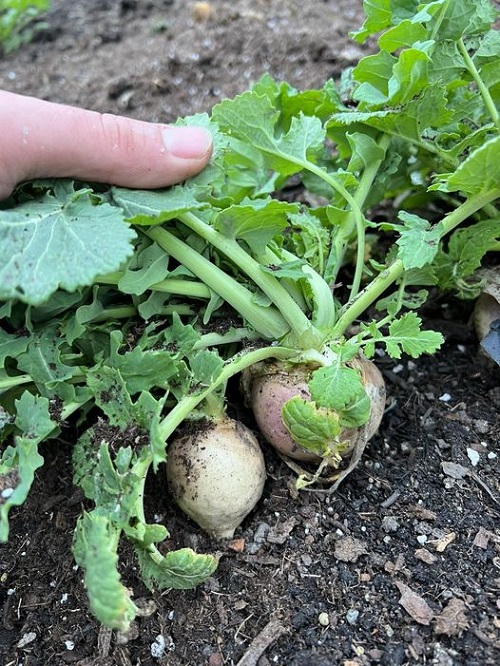
Best Time to Grow: Plant in mid-November.
Minimum Temperature Tolerance: -12°C (10°F).
Turnips can endure frost and light freezes, which makes them sweeter. Varieties like ‘Purple Top White Globe’ and ‘Hakurei’ thrive in cold conditions.
6. Lettuce

Best Time to Grow: Plant in late Autumn
Minimum Temperature Tolerance: -4°C (25°F).
Certain varieties of lettuce like ‘Winter Density’ and ‘Arctic King’ excel in winter gardens and can continue to grow in cold temperatures quite easily.
21 DIY Lettuce Garden Ideas (Lettuce Planter Projects for Gardeners)
7. Parsnips
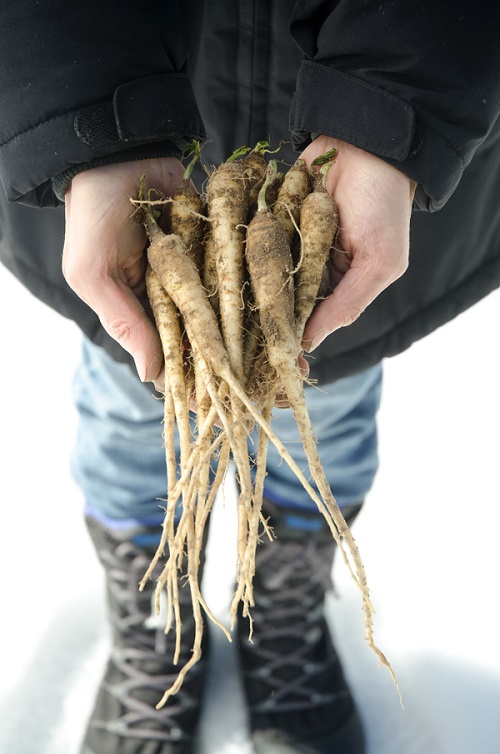
Best Time to Grow: Plant in late Autumn.
Minimum Temperature Tolerance: -18°C (0°F).
Parsnips’ flavor improves with frost and can be left in the ground through winter for spring harvest. Varieties like ‘Hollow Crown’ are well-suited for winter planting.
8. Onions
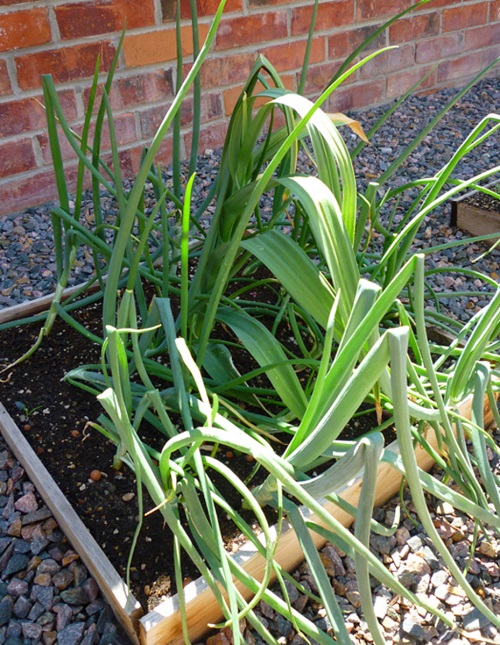
Best Time to Grow: Plant it in mid October or early November.
Minimum Temperature Tolerance: -18°C (0°F).
Onions can survive cold winters, and overwintering varieties develop a robust flavor. Varieties like ‘Yellow Sweet Spanish’ and ‘Walla Walla’ can endure cold conditions.
9. Leeks
Best Time to Grow: Plant in late October.
Minimum Temperature Tolerance: -15°C (5°F).
Leeks are very frost-tolerant and can be harvested throughout the winter in many regions. American Flag, Blue Solaise, and Giant Musselburgh are best for cold climates.
10. Garlic
Best Time to Grow: Plant in the fall for a summer harvest.
Minimum Temperature Tolerance: -18°C (0°F).
Garlic requires a cold period for proper bulb development and can survive harsh winters. Rocambole, Porcelain, and Purple Stripe Garlic are great for winter.
Pour Water Over Crushed Garlic, then Spray it on Your Plants
11. Brussels Sprouts
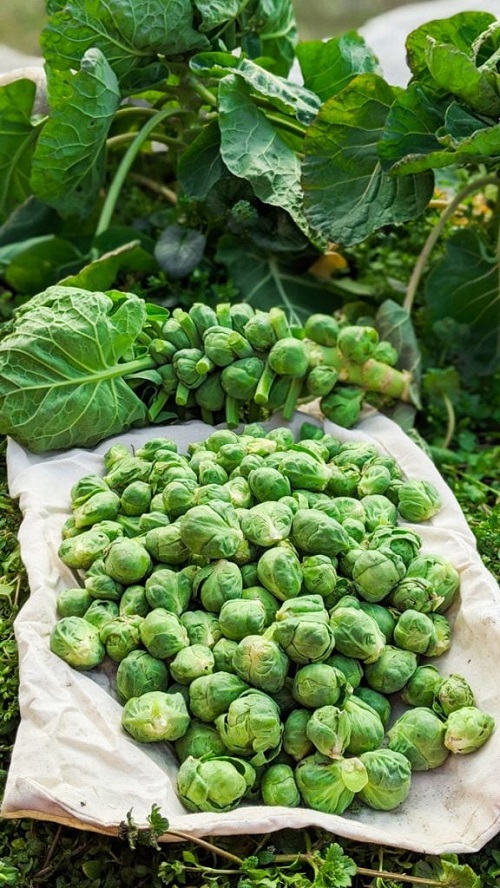
Best Time to Grow: Plant in late October or Early November.
Minimum Temperature Tolerance: Can tolerate temperatures down to 20°F (-6°C).
These hardy vegetables can withstand frost and cold temperatures remarkably well. This resilience makes them ideal for late-season harvesting. Go for ‘Long Island Improved,’ ‘Jade Cross,’ and ‘Red Bull.’
12. Collard Greens
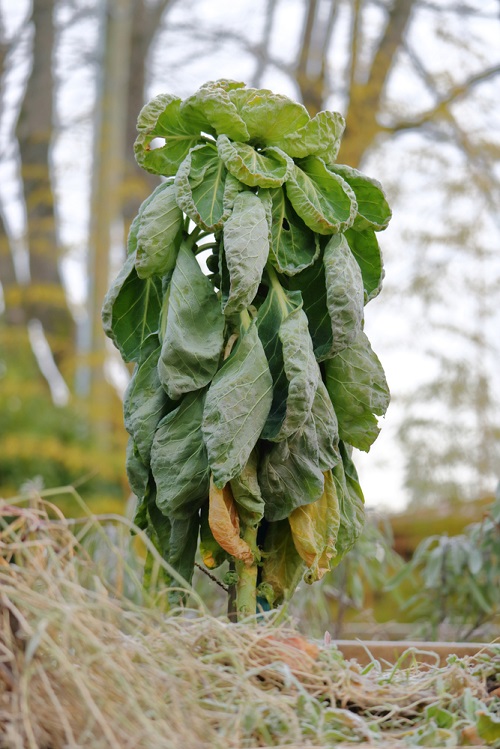
Best Time to Grow: Plant in late Autumn.
Minimum Temperature Tolerance: Capable of withstanding temperatures as low as 5°F (-15°C).
Frost can be beneficial for collard greens, enhancing their flavor profile. The colder temperatures reduce bitterness and increase sweetness, making them more enjoyable. The best varieties for cold climates are ‘Georgia Southern,’ ‘Vates,’ and ‘Champion.’
Quick Care Tips for Cold Hardy Vegetables
1. Mulching for Insulation
Mulch acts as an insulator, keeping the soil temperature more stable. Use organic materials like straw, leaves, or wood chips to keep the growing medium warm.
2. Covering Garden Plants
Protect plants from frost using cloches for individual plants and row covers for larger areas. Use breathable fabrics or plastic; ensure it’s secure against wind.
15 Cold Hardy Succulents for Winters
3. Potted Plants Care
Wrap pots with burlap or bubble wrap for added insulation. Move pots to a sheltered spot, close to the house, or under a covered area.
4. Use Cold Frames
Use old windows or plastic sheets to build a protective frame over the plants. Ensure there’s adequate ventilation on sunny days to prevent overheating.



